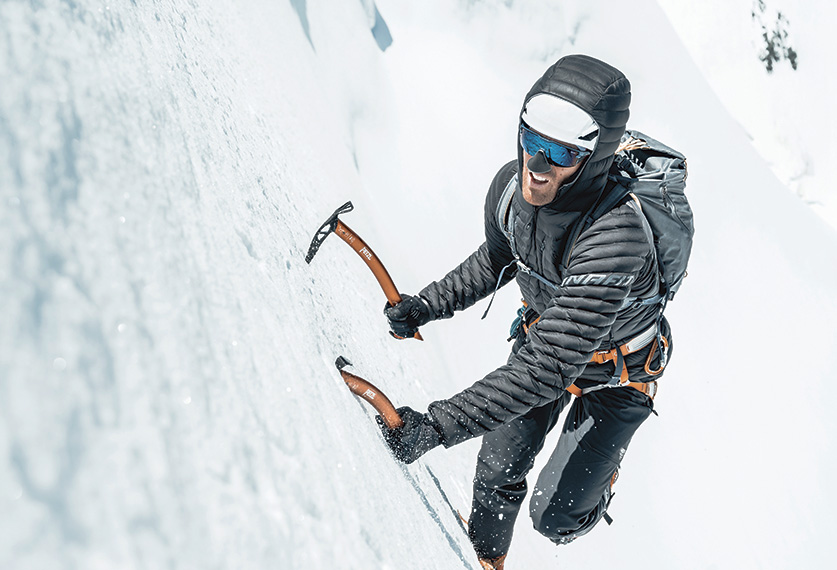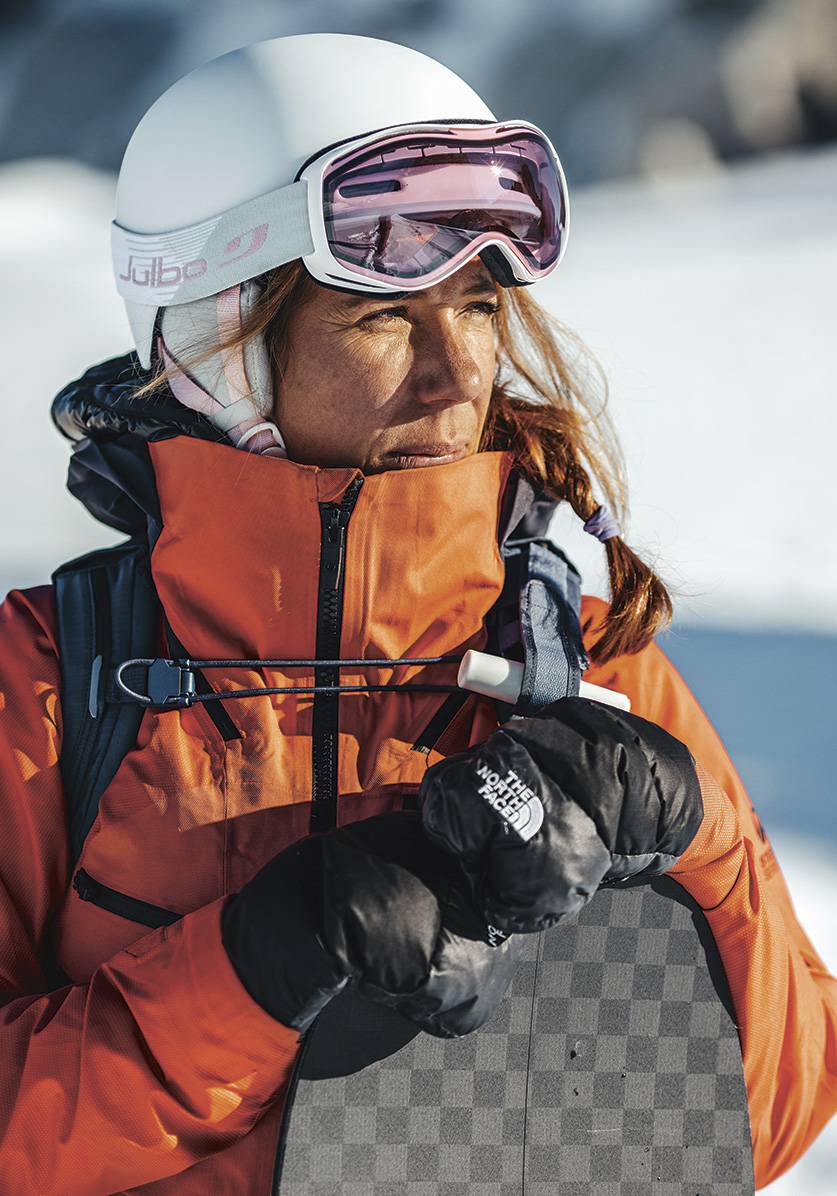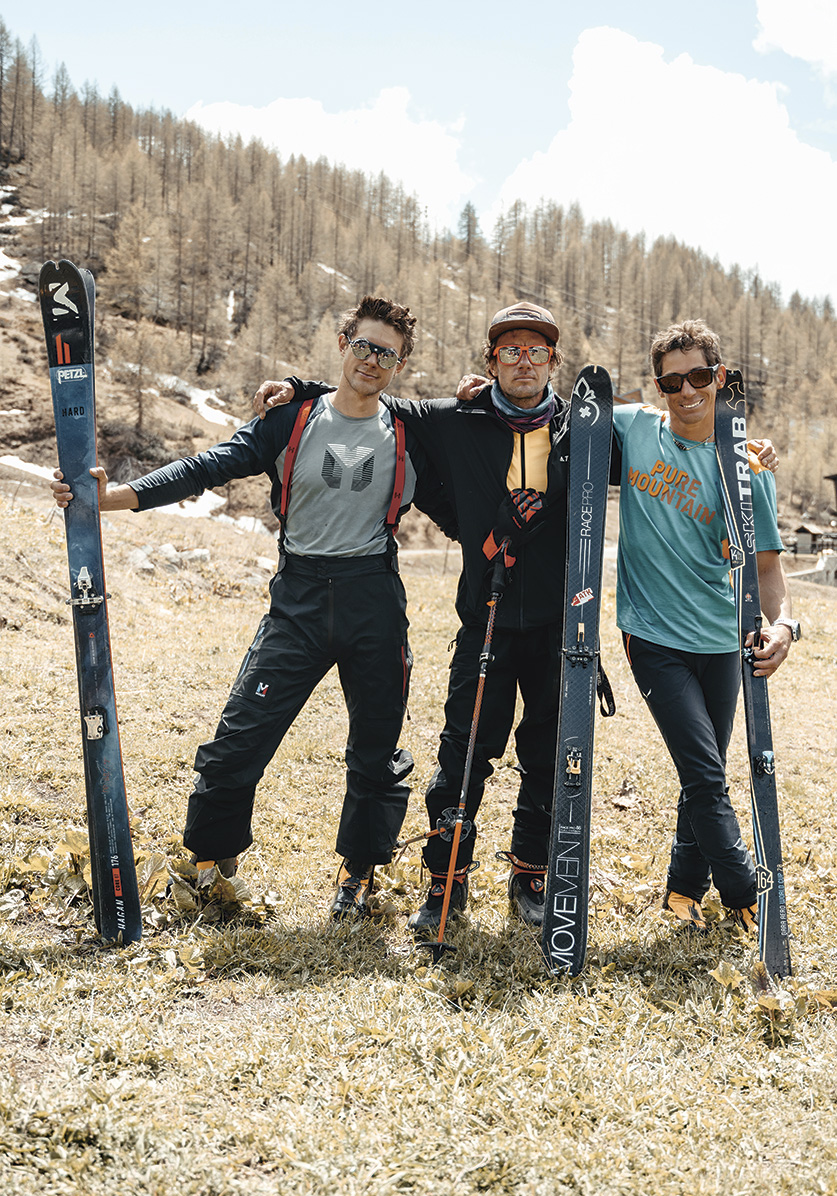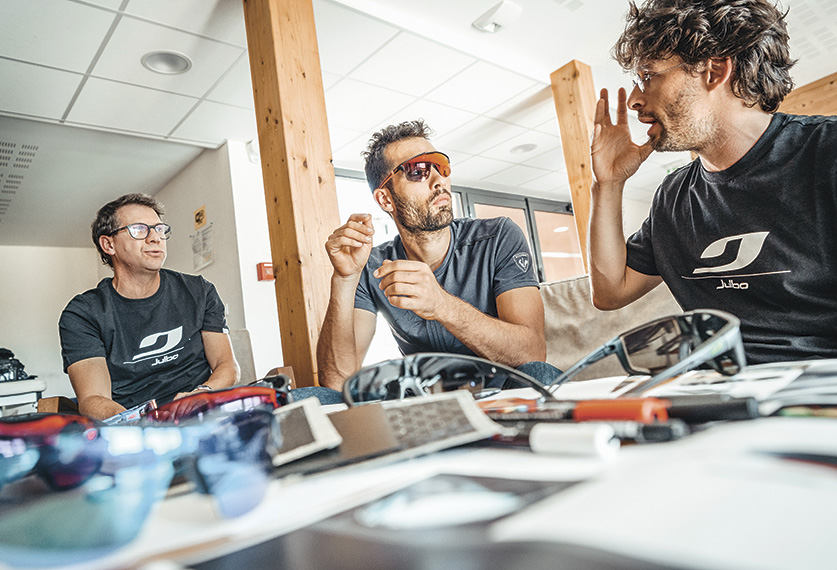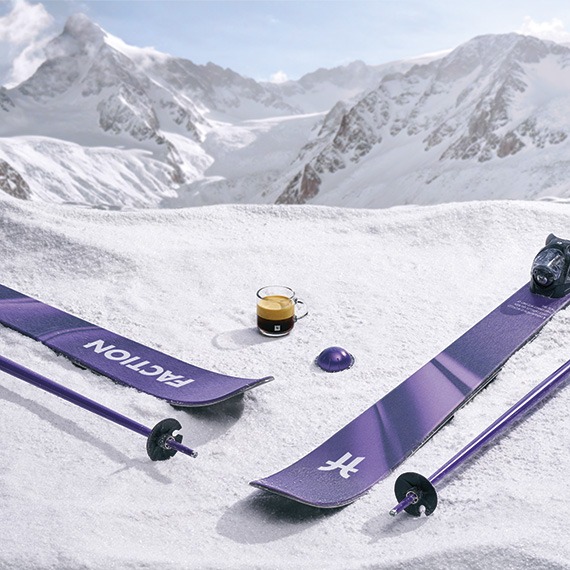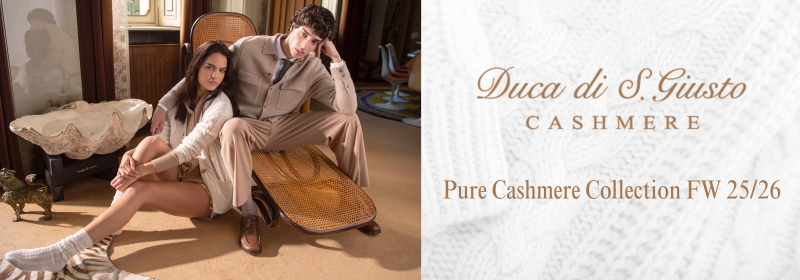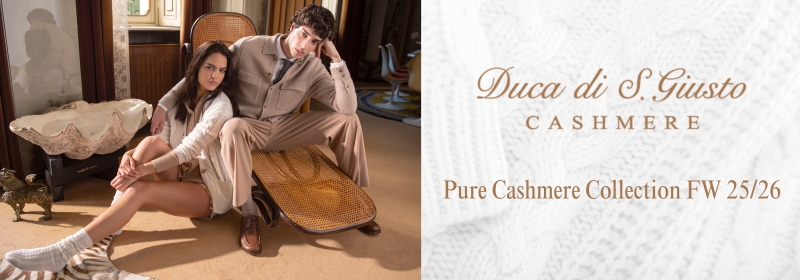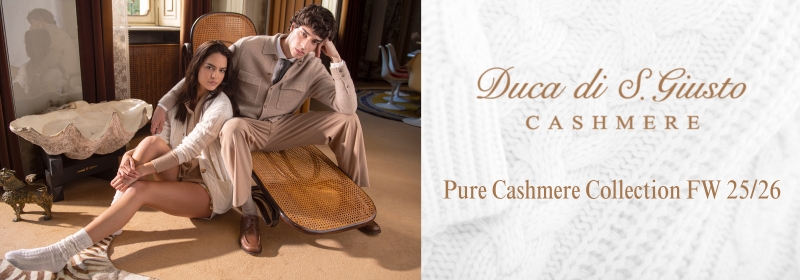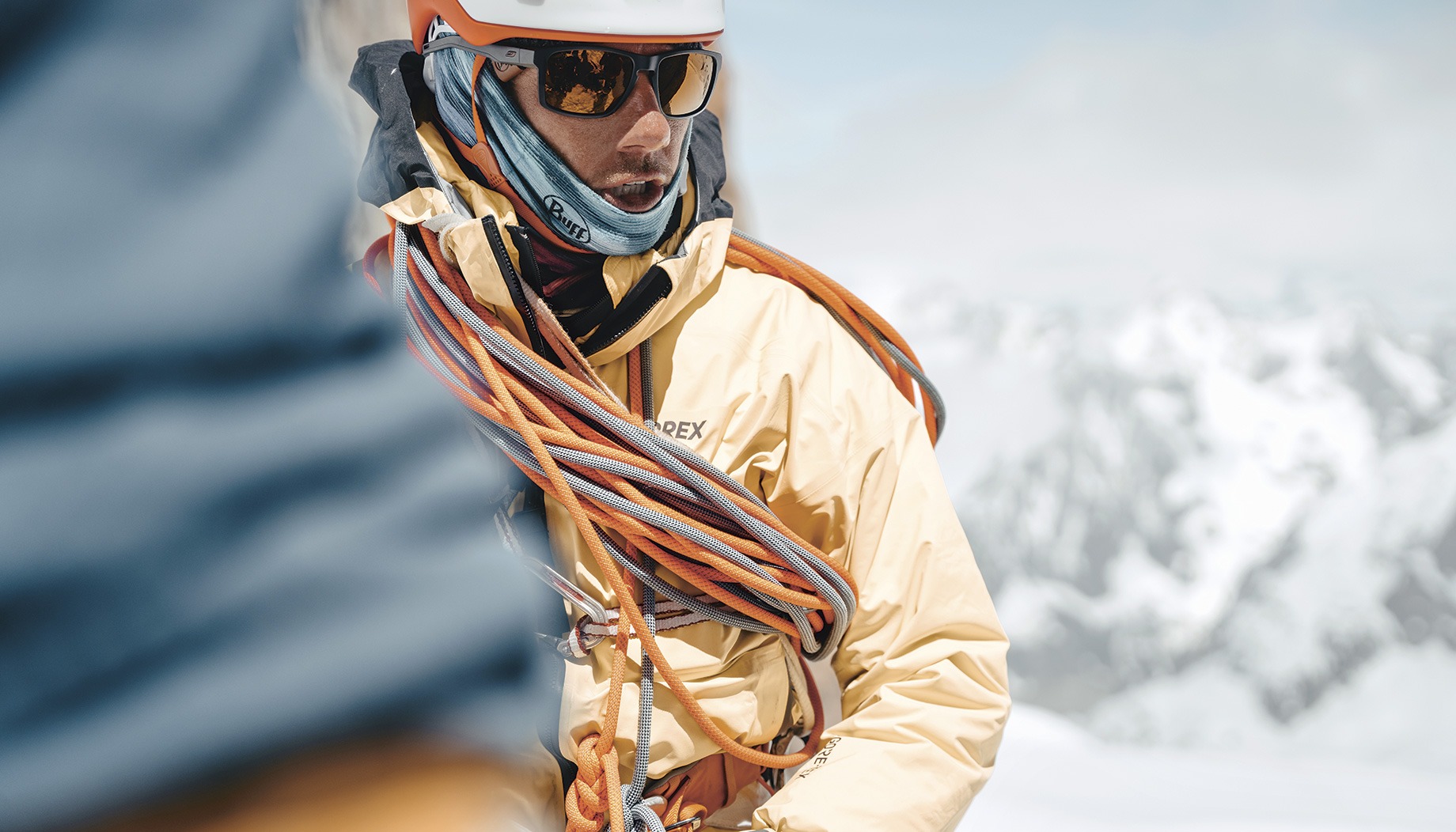
Julbo
When “Made in Jura” Turns Heads
Founded in 1888 by Jules Baud in the historic cradle of French eyewear, Julbo has grown into a benchmark brand across more than twenty outdoor sports. We went behind the scenes to meet the people carrying this legacy forward.
“Legend has it that eyeglasses were invented in Morez,” smiles Christophe Beaud, CEO of Julbo, seated in the brand’s sleek showroom. The local museum is more measured, calling the town the “national birthplace of eyewear.” The prestigious national optics school remains there to this day. Of the dozen or so major eyewear companies that thrived in this small Jura valley during the boom years of the 1970s, only a few survived. Julbo has done far more than survive: today, the French SME counts 200 employees — 80 of them at its Longchaumois headquarters — and sells one million pairs of glasses each year in 90 countries, generating €30 million in revenue.
Baud himself would hardly believe it. Back in 1888, this son of the Jura created special glasses for Chamonix crystal hunters. It was a niche, almost artisanal market. The first real turning point came in 1950 with the launch of the “Vermont” glacier glasses: rounded frames with distinctive leather side shields. The model became iconic, worn by alpinists Lionel Terray, Maurice Herzog and Louis Lachenal on their Himalayan expeditions. It remains in production to this day.
Collaborations at the summit
Two decades later, Julbo enlisted its first technical advisor of note: guide Yannick Seigneur. He was the first in a long line that would include Éric Escoffier, Patrick Gabarrou, the late Ueli Steck, and Hervé Barmasse. “Today, more than 150 athletes across twenty disciplines work with us — from biathlete Martin Fourcade and Zermatt alpinist Andreas Steindl to ice climber Inès Papert. These are genuine collaborations built on trust, loyalty, and technical demands that push us to exceed our limits while staying connected to the market,” explains marketing director Stéphanie Dugas.
Julbo devotes 8 to 12 percent of annual revenue to marketing — a substantial investment — and maintains a strong presence at major outdoor events, from the UTMB to the Verbier e-bike Festival, the Roc d’Azur and the Transjurassienne. The strategy has paid off. In just fifteen years, Julbo has become an essential European player, with a U.S. subsidiary, a production plant in Romania, and its own sales teams across several European markets.
Reinvention and diversification
The turning point in ownership came in 1985, when Henri Beaud — no relation to the founder despite the similar surname — acquired the company. At the time, revenue was sixty times lower than it is today. His son, then his grandsons Christophe and Matthieu, took over in the 1990s and led a “necessary diversification.” Julbo first ventured into sailing, partnering with champion Franck Cammas. “It was a natural extension, with so many parallels to the mountain world,” Christophe recalls.
The brand also launched children’s eyewear, producing in Asia before many of its rivals. The move proved visionary. Globalization and offshoring, which devastated much of the industry, propelled Julbo to new heights. From mountain biking, trail running and cycling to climbing, the company now covers virtually every major outdoor sport, offering a catalog of more than a hundred models.
High-tech yet proudly local
Seventy percent of production takes place in the group’s Romanian factory, but assembly and quality control remain firmly rooted in Longchaumois, where the pride of carrying the “Made in Jura” label runs deep. Julbo holds over ten patents and is the only European eyewear brand with its own advanced optics laboratory. Since 2014, the lab has been machining, polishing and coating custom prescription Trivex photochromic lenses — shipped to clients in as little as ten working days. “Among our clients is FDJ cyclist David Gaudu,” notes Frédéric Michelli, the lab’s director, with enthusiasm. “It’s a thrill to see top athletes perform in our glasses,” adds technician Thierry Canapale, while testing the torsional strength of a new, revolutionary frame design.
The pandemic? Hardly a setback. “We continued developing products throughout. In fact, we’ve emerged stronger than before. The market shifted in our favor: lockdowns rekindled people’s thirst for the outdoors, and that doesn’t look likely to fade,” says Christophe Beaud. Behind him, in a glass case, sits the Evad-1, the brand’s first connected sports eyewear. Slip them on and you just might glimpse the future of Julbo. If the confidence of its leadership is any indication, that future looks dazzling indeed.
